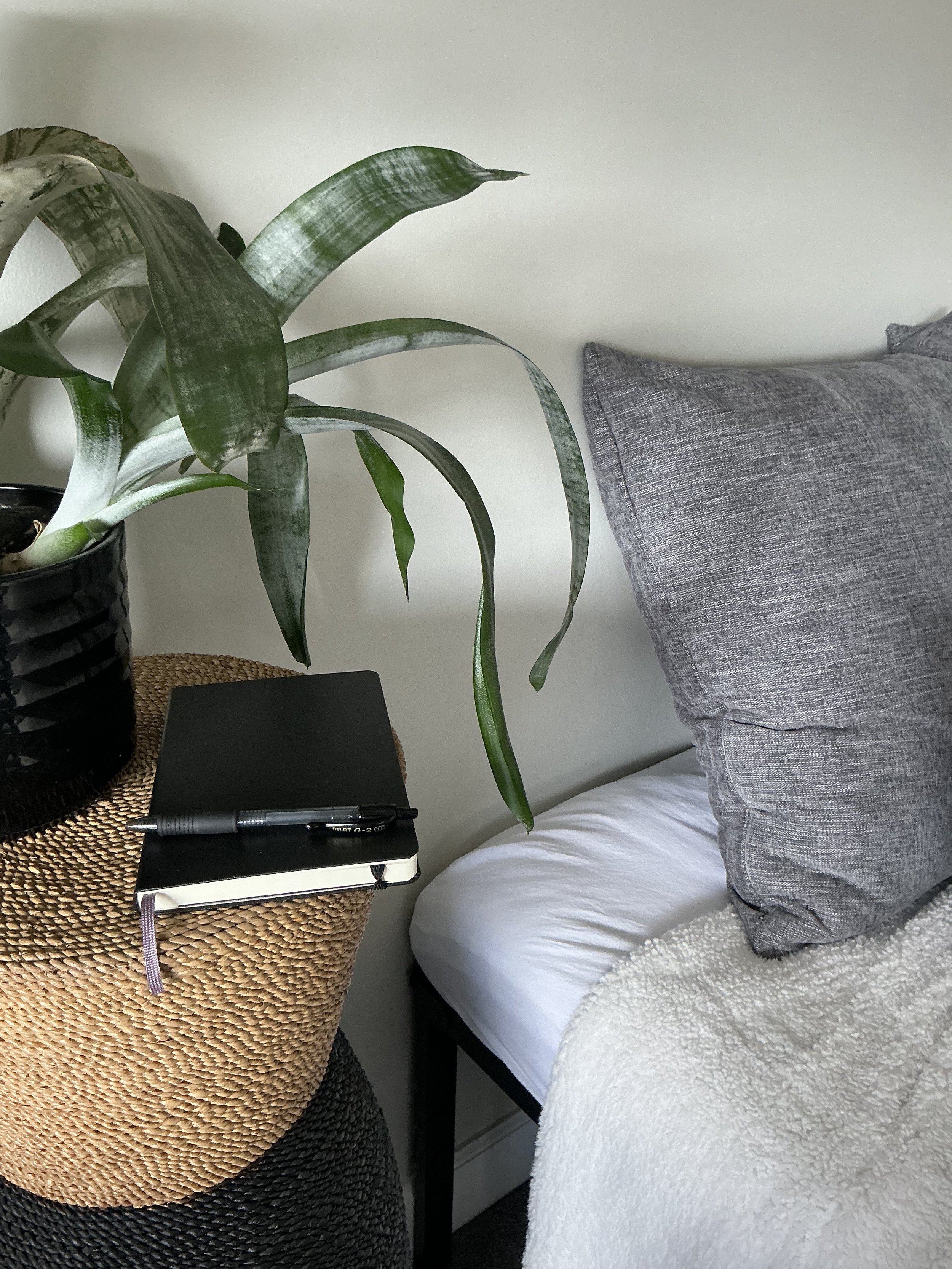7 Questions to Ask of Any Dream
Seven questions you can ask of every dream
Dreaming is part of our very being. It has formed us, protected us, guided us, and kept us healthy. However, reflecting on dreams is something we learn. It takes practice, guidance and time. There are a handful of questions that provide a path for understanding a dream. You may eventually form your own protocol, but if you are beginning, or if you are part of a dream group, certain questions can get you started on this amazing journey.
Have you already done some work with the dream, and if so, what are your reflections? The purpose of dream work is for a person to reflect on their inward journey, the emotional weight they carry, and the outward circumstances they are facing. If the person has already done some reflection on the dream, then that work should be honored. It doesn’t matter if the interpretation or understanding of the dream is “correct.” Initially what matters is that reflection and greater self-awareness is taking place.
Is there anything in the dream that particularly caught your attention? This question sometimes reveals an emotional connection to a part of the dream. Since dreams help us process our emotions, a connection to a particular portion of the dream will often point to an emotional weight the dreamer carries.
Did the dream make you feel any emotion, or was there an emotion that was strangely absent in the dream? Sometimes a person has a difficult time articulating emotions. A Feelings Wheel can be a good tool to expand a person’s vocabulary regarding feelings and emotions. However, sometimes language is inadequate to express a feeling. That’s okay. Simply retelling the portion of the dream that evokes the emotion may be the best way to express the feeling without the need to “define” it with a specific word.
Did the dream seem to fit into any of the five functions of a dream (rehash, rehearse, resolve, recalibrate, and/or reveal)? Making connections between dreams and life’s circumstances is an effective way of valuing dreams. Being reminded of their nightly function empowers us to approach them with gratitude, respect and curiosity.
If every part of the dream, every character, image and plot line, represents a part of you, what parts of you might they reflect? This question is usually too big for longer dreams. An easier question is to begin with a particular character in a dream and ask, “If this character is actually a part of you, what part of you might it represent?” This question goes to the core of dream work. Many of us, maybe most, externalize our dreams. If we have a family member, friend or famous person in our dreams, we think that somehow the dream is about that person. Not so. The dream is about the dreamer, and the characters in the dream are personifications of those various parts of the dreamer’s psyche. Anger may appear in the form of a character. Passion may appear in the form of a plot line. The unconscious may appear in the form of a body of water. The shadow side of a person’s life may appear in the form of a frightening, shadowy figure. Increased self-awareness flows out of this type of interaction with a dream.
What part of you seems to be wanting your attention? The ignored parts of our self, or the parts we are afraid to express, often come out in our dreams. This question invites the dreamer to honor that part of themselves. That part does not define the person, it’s just a part of the dreamer. As Ilyse Kennedy says in her book, “The Tender Parts,” shifting our language from “I am angry,” (or fill in any other emotion) to “a part of me is angry,” can help us be kinder to ourselves while still acknowledging the feeling. It is also probably a more accurate expression. This reflection on what is trying to get our attention provides a path to getting in touch with one’s feelings and with the shadow side of one’s journey. Sometimes there is a character in our dream who doesn’t clamor for attention, but whose presence catches our attention. Often these characters appear as children or infants. We can then repeat question 5: What part of you might be depicted by a child? Is there are part of you that is undeveloped, cut off, injured or protected who is waiting to be noticed? Some people spend years giving attention to a part of themselves that has been stunted by childhood trauma, and needs to be acknowledged and given permission to grow and flourish.
What do you think you could do in the coming week to respect and honor what you are learning about yourself? This is the question that leads to some type of action. Putting what we learn into practice is what actually brings about change. Honoring the parts of ourselves that ask for our attention doesn’t mean that we let them take over our lives. Rather it means that those parts need to participate in the decision-making, planning and living of our life. They need to be recognized as part of our identity and integrated into the totality of who we are.




